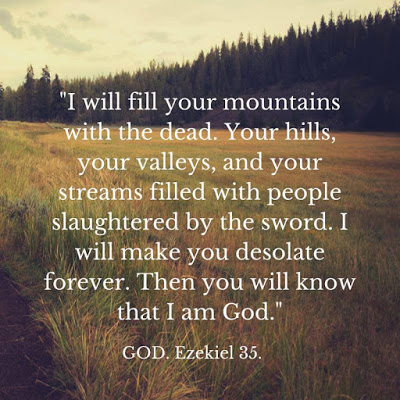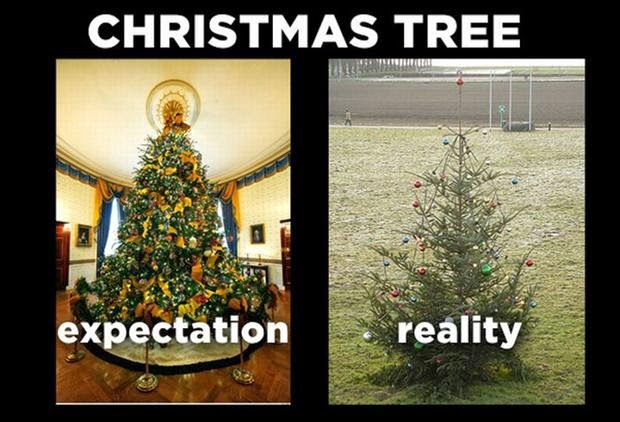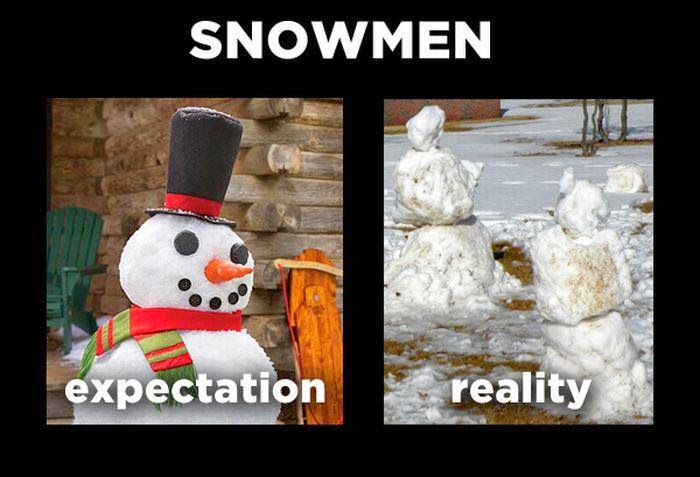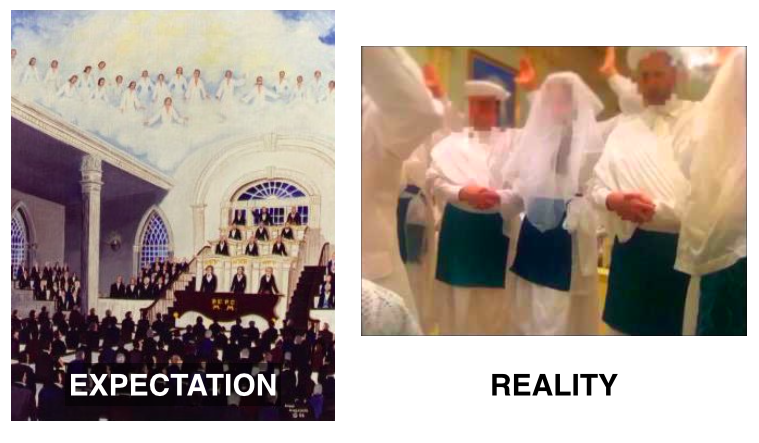“Every Thing Shall Live Whither the River Cometh”
Ezekiel 43–44; 47
LDS manual: here
Reading
Short lesson this week, finishing up Ezekiel.
Before we get into this lesson, let’s take a moment for some news: Last week or so, the LDS Church released a shelf-breaking essay on its website about polygamy in Kirtland and Nauvoo. Reactions among the membership have ranged from “not knowing about it” to “having known about it all along“.
In the wake of this and other essays, the church has released a new article called, “Shelve It and Trust God.”
No, no, that’s not the title The title is actually, “The Answer to All the Hard Questions“.
In previous lessons, I’ve mentioned three of the most destructive scriptures in the OT, and this new article uses two of them. Let’s see how.
Principle 1: God Knows Infinitely More Than We Do. When faced with questions—whether personal, social, or doctrinal—we can rely on the fact that the Creator of the universe knows far more than we do. If He has addressed a topic (and sometimes He hasn’t), we can trust that His views are clearer than ours.
“For my thoughts are not your thoughts, neither are your ways my ways, saith the Lord.
“For as the heavens are higher than the earth, so are my ways higher than your ways, and my thoughts than your thoughts” (Isaiah 55:8–9).
Principle 2: God Shares Some of His Knowledge. A corollary of principle 1 is that God shares with us as much of what He knows as we are ready to receive and He is ready to deliver. We just need to prepare ourselves to receive it, then seek it. The scriptures answer many questions. One of the great pleasures of this life is being taught by the Holy Ghost as He uses the scriptures to reveal “line upon line, precept upon precept, here a little and there a little” (2 Nephi 28:30) in response to our diligent study.
What function do they serve here? They tell the reader two things.
- The first one says, “Don’t listen to what you think is right; listen to God (or really, his earthly surrogates).”
- The second one says, “If it seems like we’re making stuff up as we go, that’s all part of the plan!”
Watch for a lot more of these two verses.
There’s not really much to say about the rest of Ezekiel. It’s just a list of cities God’s going to kill. And when he’s killed everyone, then they’ll know he’s God.
33:29 Then shall they know that I am the LORD, when I have laid the land most desolate because of all their abominations which they have committed.
Why was he going to kill them? What had they done?
36:16 Moreover the word of the LORD came unto me, saying,
36:17 Son of man, when the house of Israel dwelt in their own land, they defiled it by their own way and by their doings: their way was before me as the uncleanness of a removed woman.
Jehovah / Jesus seems horrified by women. He even kills Ezekiel’s wife, and tells him not to cry.
24:15 Also the word of the LORD came unto me, saying,
24:16 Son of man, behold, I take away from thee the desire of thine eyes with a stroke: yet neither shalt thou mourn nor weep, neither shall thy tears run down.
24:17 Forbear to cry, make no mourning for the dead, bind the tire of thine head upon thee, and put on thy shoes upon thy feet, and cover not thy lips, and eat not the bread of men.
24:18 So I spake unto the people in the morning: and at even my wife died; and I did in the morning as I was commanded.
That’s a bit sad.
The melancholy drives Ezekiel to architecture, as he watches an angel measure the new temple with a reed, in great detail.
40:2 In the visions of God brought he me into the land of Israel, and set me upon a very high mountain, by which was as the frame of a city on the south.
40:3 And he brought me thither, and, behold, there was a man, whose appearance was like the appearance of brass, with a line of flax in his hand, and a measuring reed; and he stood in the gate.
40:4 And the man said unto me, Son of man, behold with thine eyes, and hear with thine ears, and set thine heart upon all that I shall shew thee; for to the intent that I might shew them unto thee art thou brought hither: declare all that thou seest to the house of Israel.
40:5 And behold a wall on the outside of the house round about, and in the man’s hand a measuring reed of six cubits long by the cubit and an hand breadth: so he measured the breadth of the building, one reed; and the height, one reed.
And on and on for many chapters.
I get kind of ticked when I read this for some reason. Here’s God’s chance to say what’s really important, and he devotes chapters and chapters on how to build a building for him, and how to kill animals for him the right way. I could give about twenty better things for God to have said just off the top of my head; any normal person could.
- Don’t have slaves.
- Genocide is wrong.
- Women and men and equal.
And so on. It’s frustrating beyond madness.
Main points from this lesson
The Hosanna Shout
Most of this lesson is about the temple and how wonderful it is. (No mention of how repetitive or pointless it is.)
But then it transitions into a discussion of the Hosanna Shout. Here’s the LDS lesson manual.
• Have you ever been excited while watching a sporting event or some other kind of entertainment?
• Have you ever been so excited at such an event that you stood and shouted or cheered?
• What is a sacred event in the Church where participants show their joy and gratitude by standing, shouting, and waving? (During the dedication of a temple, the congregation participates in a great expression of joy called the Hosanna Shout.)
Wow, this sounds exciting! It sounds invigorating! It sounds… totally unlike anything in my LDS experience.
But in church history, the Hosanna Shout was a really big deal. Mormons performed it at the dedication of the Kirtland temple.
Eliza R. Snow wrote, “The ceremonies of that dedication may be rehearsed, but no mortal language can describe the heavenly manifestations of that memorable day. Angels appeared to some, while a sense of divine presence was realized by all present, and each heart was filled with joy inexpressible and full of glory.” After the prayer, the entire congregation rose and, with hands uplifted, shouted hosannas “to God and the Lamb.”
Would you like to see this exciting event on video? Here it is!
Woo hoo!
When I did the Hosanna Shout, I’d heard the Kirtland story, I’d gotten the build-up, and I thought it would be incredible. Then when I actually did it, with grown adults waving these handkerchiefs in the air and looking ridiculous, I thought, “What did we just do‽”
It was just another case of expectations not matching reality.







Recent Comments